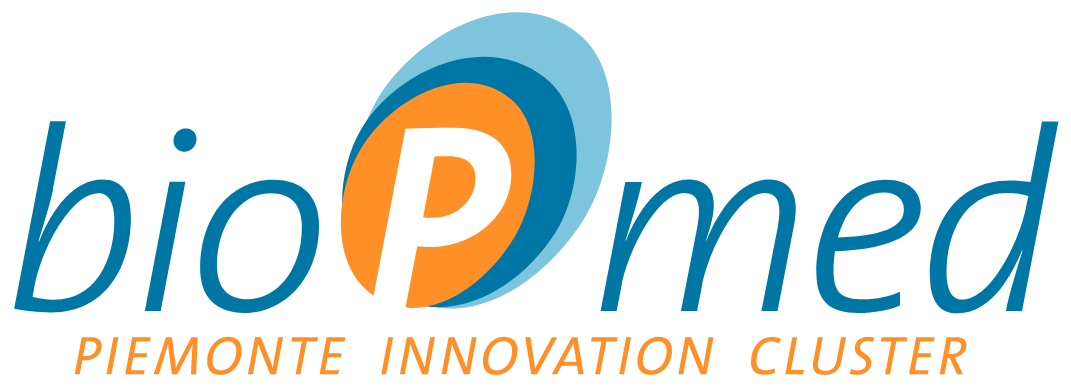Details
Project Title: Wireless Unlocking Internal Dynamic Fixer (Wireless Dynamic Plate)
Acronym: W.D.Plate
Abstracts: Definition and testing of minimally invasive implantation techniques of dynamic internal fixators to treat complex cases of polytrauma patients with major lower extremity problems without the need for additional surgery.
Name: Ennio Pochettino
Organization: Medicomp Ltd.
Email: ennio.pochettino@medicomp.it
Phone: 011 953 98 22
Lead Partner: Medicomp Srl
Other partners: Titanmed Srl
Type: Industrial research and/or experimental development project
Line: A
Theme:
Duration: 24 months
Total project costs: €497,444
Total contributions requested: €273,594
Status: ongoing project

THE DESIGN IDEA
Lower limb fractures, comprising the long bones Tibia and Femur, account for approximately 28.5% of total fractures. Such injuries, which are frequent in all age groups, are generally the consequence of traumatic events occurring as part of traffic accidents or falls from heights or, more generally, so-called “high-energy” trauma.
The main purpose of treatment with a medical device is to provide stable support to the healing bone to allow, as soon as possible, the patient to walk. In some particularly complex cases, good results can be achieved with the introduction of a slip implant, consisting of a slide guide and anatomical support, which, by providing dynamic compression of the fracture rhyme, transforms an unstable fracture into a more stable construct, assisting the fracture consolidation process. Thus, there is strong interest in techniques to allow implantation of such devices while minimizing the invasiveness of the surgical technique.
W.D.Plate represents an answer to this problem: in fact, the system allows the initial implantation of the device in a “static” mode and the subsequent release of the sliding support in a completely noninvasive mode, through a wireless system that can make the two components of the support mutually sliding without any surgical intervention, thus allowing dynamic sliding and early healing. In this way, it will be possible to treat complex cases of polytrauma patients with major lower extremity problems in a single session, without the need for additional surgery, but rather a simple outpatient procedure by the medical team.
DEVELOPMENT GOALS
The project aims to develop an innovative product in the field of traumatology that enables optimal consolidation of bone fractures while reducing indirect hospital costs and post-operative issues faced by the patient, providing a new biomedical solution for surgery.
The main goal of the project is to define and test dynamic internal fixator-related implantation techniques that are minimally invasive, ensuring:
- Reduced soft tissue incision, resulting in reduced blood loss during implantation;
- Reduced surgical procedure time, resulting in less pain to the patient and potential reduced hospital stay time à optimization of indirect patient management costs;
- Ease of use due to, the engineering of the instruments, by the medical staff involved, which could also lead to the saving of human units within the surgical team involved in the surgery;
- Ability to unlock the dynamic internal fixator wirelessly without the need for re-intervention on the fixator, with the possibility of being able to unlock the internal fixator without the need for hospitalization and without surgical intervention on the patient, thus facilitating functional recovery;
- The possibility of reusing the unlocking system in its electronic components on different fixators, resulting in lower direct costs in the purchase of the fixators themselves, making them, despite an important innovative contribution, comparable in cost to competing products.
SCIENTIFIC VALUE AND POTENTIAL ECONOMIC IMPACT OF THE PROJECT
The main innovation pursued in the project concerns the possibility of applying wireless technology for the first time in orthopedic trauma care to overcome the problem of invasiveness of surgical techniques on the patient. This solution can only be ensured by adequately miniaturizing the internal fixator unlocking system with a suitably calibrated micromotor, which will be activated in the outpatient session simply by using an application compatible with Windows or Apple operating systems) from a computer and establishing a radio link with the sensor that controls the drive.
The main improvement brought about by the W.D.Plate fixator is the ability to control the device not only in the operative phase but also intra-operatively and especially post-operatively, assisting the medical staff in decisions regarding whether or not to allow loading.
The reusability of the wireless unlocking system will ensure reduced environmental impact in terms of hospital waste disposal, as only the batteries and polymer shell will need to be disposed of.
In addition, the use of the wireless dynamic internal fixator, at a higher cost of the medical device than the current standard will allow a significant gain in the medium term for hospitals and clinics, as there will be no re-interventions to dynamize the medical device, but everything can be done in the outpatient clinic during scheduled clinical follow-up visits.
